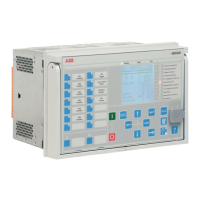Table 35: Header part of the record structure
Address Register Values Comment
49401 Fault record selection 1...4 and -1...-99 Write register
49402 Sequence Number 0...65535
49403 Unread records left 0...99
49404 TimeStamp (Year,Month) High byte:year, low byte:month
49405 TimeStamp (Day, Hour) High byte:day, low byte:hour
49406 TimeStamp (Min, Sec) High byte:min, low byte:second
49407 TimeStamp (Milliseconds) Word: milliseconds (0...999)
49408 Time quality
49409 From this location onwards starts the Fault record application data...
Fault record application data part
The data in the application section are IED type dependent. The description of the data
is found in the Modbus fault record section of the Modbus memory map.
3.4.10.2 Fault record reading
As long as there are unread fault records available for the Modbus client in question,
bit 1 of the Modbus SSR3 register remains "1".
The fault record reading is done in two steps. First, the client writes a selection code
to the Fault record selection register at the location 49401. The selection code defines
the type of read operation that the client wants to do. The selected fault record is loaded
by the IED into the following N registers (49402-NNNN). Second, the client reads out
these registers in one multiple register read operation.
The fault records can be read by using two commands, the function 6
for the write operation and the function 3 for the read operation, or by
using the function 23 that includes write and read operations in the
same transaction.
If the fault records are read by using two commands, the positive
confirmation to the write select operation tells the client that a fault
record has been loaded for reading. Another way to detect the positive
confirmation is by monitoring the state of SSR3 bit 9.
Fault record structure length
Since the application data part is IED type dependent, the length of the fault record
structures vary in different types of IEDs. A client can read out more Modbus registers
than are actually coded in one structure when reading out the data structures. The
maximum read amount is 80 Modbus registers. The additional trailing registers
1MRS757645 B Section 3
Vendor-specific implementation
620 series 57
Communication Protocol Manual

